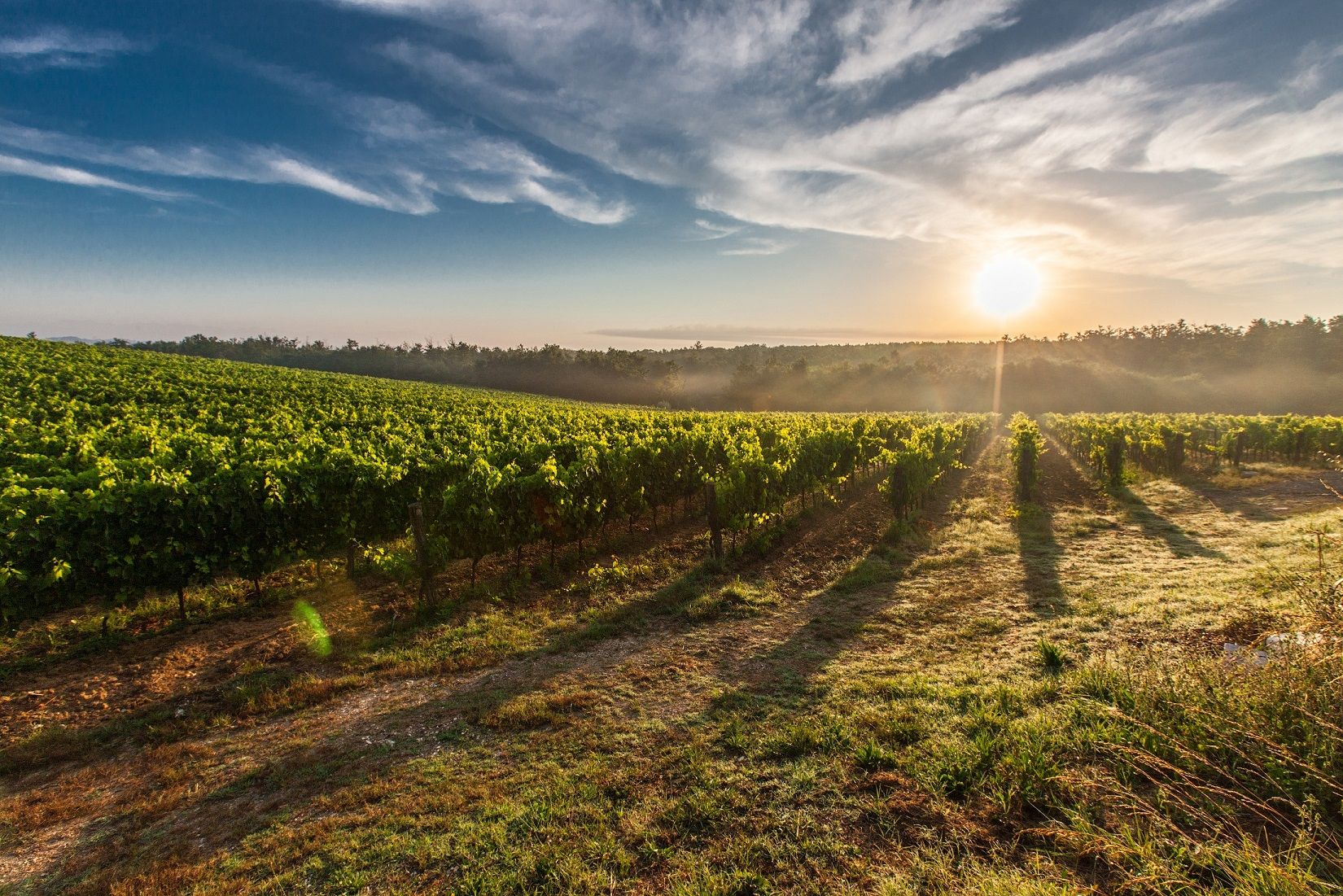
What is the difference between a variety and a cultivar? It actually depends on whom you ask. If you ask an oenophile (a wine-lover) they are likely to refer to favourite “varieties” such a Chardonnay, Shiraz, Pinot Noir, or Cabernet Sauvignon. If you ask a horticulturist, they will talk about cultivars, since that is what all grapes are in reality. Every single modern wine grape is a cultivar because they are propagated by “cuttings”.
The word cultivar literally means “cultured variety”. Variety, on the other hand, refers exclusively to a natural phenomenon. If you’re out roaming the hills of Italy, and happened to stumble upon what appears to be a completely natural vine full of grapes, you may have found an actual variety. It is far more likely, however, that someone wandering by was eating a grape and happened to spit the seed over there, and what you have found is just another common cultivar that just happened to grow wild.
It would be very strange indeed if you happened to come across a pack of feral grapes ravaging the countryside! Somewhere in the world there is probably a family with a very traditional vineyard who have never performed a cutting. When a vine reaches the end of its life, it is torn up and a descendant seed is planted to replace it.
They could probably argue that they had a pure variety. For anyone producing commercial quantities of wine, that would be virtually impossible. Vines are replaced frequently to maximize their yield, and cuttings are used to minimize the time for the vine to become productive again.
Why do we have cultivars?
For thousands of years humans have been making wine. The reason for it was simple: it took practically no skill or knowledge to successfully make wine. Thousands of years ago we didn’t know what yeast or bacteria was. It was ubiquitous, meaning it was present literally everywhere, in the environment. It wasn’t something we had to control or add; simply by leaving some grape juice out, and exposed to the environment, it would begin to ferment and make alcohol.
It was precisely the same process that led to the invention of beer. A container of grain which had been allowed to become moist began to ferment when environmental yeast or bacteria alighted on it. Soon they began to consume the sugars and excrete alcohol.
Liking a particular wine
We’ve been making bread just as long as we have had grain, and when it once spontaneously started to rise to become light and fluffy, instead of flat and hard, we grew to like it. But it wouldn’t work that way every single time. With no understanding of what yeast was, someone noticed that if you put a little bit of leftover dough (which had been made into bread that had successfully risen) into the new batch of dough, that loaf of bread would rise, too.
It was only a small step to recognise that this worked for wine (and beer), too. Using the same grapes did not guarantee the same flavour because the environment might provide a completely different fermenting agent (yeast or bacteria) in the next batch. And they have different ways of metabolizing sugar. Saving a bit of the previous batch allowed early winemakers to achieve some consistency.
All forms of sugar end with the suffix –ose, such as sucrose (table sugar), the galactose (milk sugar), fructose (fruit sugar), glucose (the type of sugar in our bloodstream that gives us energy) and many, many more. Different bacteria digest different sugars and make alcohol. For example Neisseria meningitidis ferments glucose and maltose, but not sucrose and lactose, while Neisseria gonorrhoea ferments glucose, but not maltose, sucrose or lactose.
By selecting the right fermenting agents, you can develop consistency over time, so that a particular cultivar will render a familiar flavour. Of course there will be seasonal variations, which is why wine from a particular year (vintage) might command a higher price than an earlier or later year.
Tannins
One of the biggest contributors to the flavour of each of the varietals is its particular selection of tannins. Each cultivar has its own mixture, which is why some people prefer a Shiraz, or a Cabernet Sauvignon (for people that like a strong tannin influence), versus Chardonnay or Riesling aficionados (who fancy the lighter flavours, or want to experience the oak or other cask-influences more intensely), or even more simply, having a preference for a red wine or a white.
Red wine is fermented with the grape skins included because that is where most of the tannins exist. White wines, on the other hand, are generally fermented without their skins, so the tannin content of white wine is very much lower.
Grapes grown in Africa
Pinotage is the signature grape of Africa. It was bred in 1925 as a cross between Pinot Noir and Hermitage grapes resulting in the combined name of Pino/tage. It was almost lost when the seedlings were forgotten in an overgrown garden by the person who created them, Abraham Izak Perold.
Rediscovered in 1941, it possesses a smokey-earthy flavour that also hints at bramble and notes of banana and tropical fruits. Pinotage has gone through periods of both popularity and disdain. It comprises only 6% of African viticulture, but has some adherents in Canada, the United States and New Zealand. German wine makers have recently begun experimenting with it, too.
Cabernet Sauvignon is grown everywhere from Canada to Australia, being one of the most popular red wine grapes in the world. It is a very easy grape to grow, hardy in both cool and hot climates. It possesses subtle intonations of cherry, plum, or sometimes even cedar.
Shiraz/Syrah is also immensely popular and grown worldwide because of its intense, full-bodied flavours. It is a very dark grape and one of the most-planted around the globe. Its flavours tend to be spicy, with a touch of anisette and jam.
Merlot Grapes are a rather soft, tender grape which tends towards a dark blue colour. It ripens early which gives it a mild character. This makes it ideal for blending with high-tannin wines. Pure Merlot wines tend to be soft and sweet with plummy flavours.
Pinot Noir is another red grape which takes some skill to grow because they bunch so tightly together, making it difficult to get them to ripen all at the same time. Its name is used to describe wines made from Pinot Noir grapes, but also forms the basis for most Burgundy wine from France.
Sauvignon Blanc is a green grape used for making white wines which usually have a dry, crisp character. It’s also a popular fruit added for making dessert wines such as Barsac and Sauternes.
The Takeaway
Africa grows virtually all available cultivars of the humble grape. This has led to having some of the finest and most desirable wines in the world. There is, as always, no “correct” wine that you must drink in order to be sophisticated, or to be accepted in wine-society.
Wine has always been a matter of personal taste, whether you like it sweet or dry; red or white; room temperature, chilled, or over ice. Enjoy your wine exactly the way you like it, because when it comes to your personal taste, you are never wrong.
Cheers! Gesondheid! hey is Jambo! Rathima andu atene! Amandla! Afya! Vifijo! Oogy wawa!
